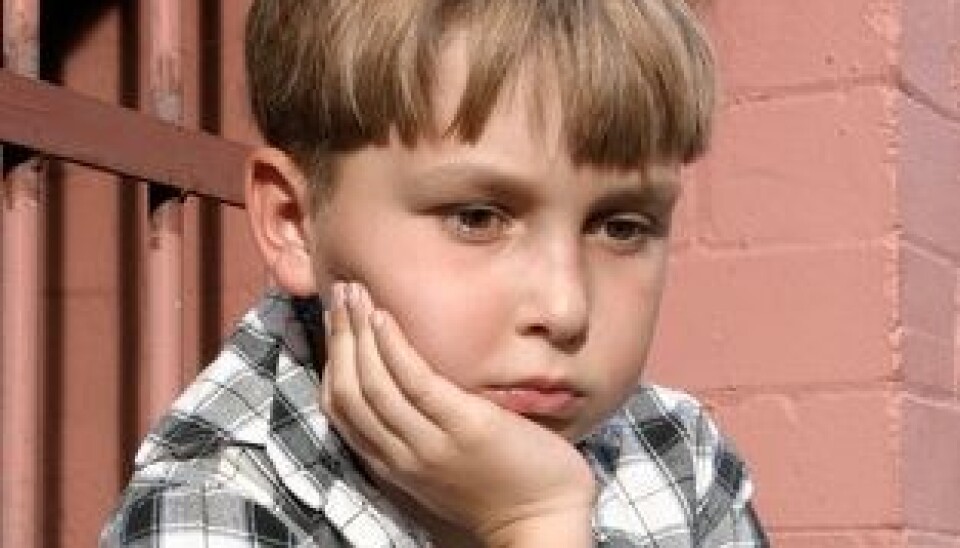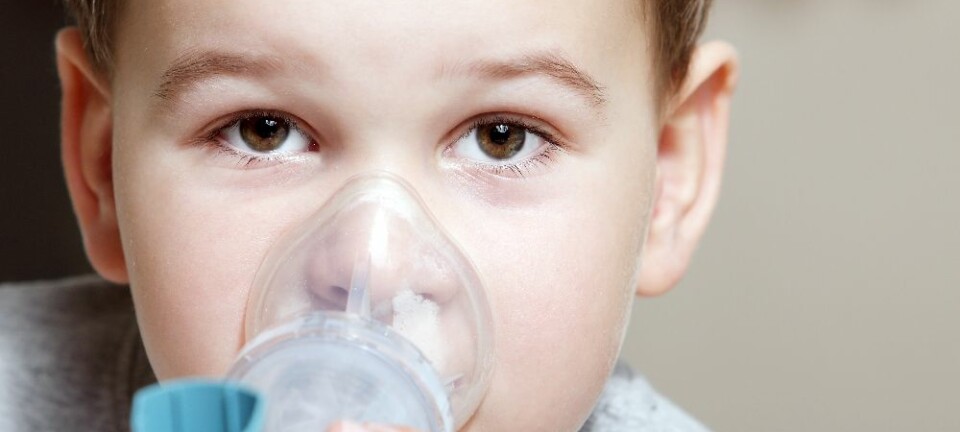This article was produced and financed by Oslo Metropolitan University

Cuts in benefits give increase in the number of poor children
Benefits for families with children do not comply with the wage development in Norway. For the last ten years, there has been an increase in the number of poor families with dependent children.
Denne artikkelen er over ti år gammel og kan inneholde utdatert informasjon.
In the 1990s, child poverty in Norway decreased due to politicians increasing a range of benefit schemes directed towards families with dependent children. In the 2000s policy changed.
"The benefits were reduced and since then, child poverty has increased", says Professor Knut Halvorsen at Oslo and Akershus University College of Applied Science (HiOA).
Despite political goals of eradicating poverty, the number of poor children has increased in the decade from 1999 to 2009. According to the latest figures from Statistics Norway, about 74,000 Norwegian children grow up in families with low income.
Halvorsen has, together with a research group at HiOA, written a report on child poverty in Norway.
Benefits have stagnated

The professor believes that an increase in the child benefit and the allowances for dependent children in the social security program are among the measures that may improve the situation for poor children.
The child benefit has not been increased or cost adjusted since 1996, but there has been a high increase in incomes. The dependent child allowances of the social security program have also stagnated.
In 2001 the sibling allowance of the child benefit and the tax credit for dependent children were removed. Later, the infant allowance was abolished.
Surveys show that if families with children in the middle of the 2000s had received the same amount of child benefit as they did ten years earlier, there would have been 10,000 fewer poor children in Norway today.
There is a difference in the dependent child allowances for unemployed and those who receive disability benefits. The umemployed receive 585 euros, while parents with disabilites receive 4,200 euro per year. The research group is critical of this difference.
"We have not found an explanation for the differences in the dependent child allowances," says Associate Professor Sissel Seim. "There is no logic behind the numbers."
New measures suggested
There has not been an increase in social welfare that will secure families with children a reasonable economy, when the parents do not have any income-producing employment.
"Poverty increases when people with the lowest incomes are not able to keep up with others, and the children of these families are affected the most," says Halvorsen.
The report on child poverty is written on commission from the Norwegian Labour and Welfare Service. The researchers have made proposals for further research and have suggested relevant measures to counteract poverty and exclusion among children and young people.
Examples of measures are: free core time in nursery school, free school and after-school activities.
The researchers recommend that a plan of action is made, with an evaluation of the social welfare scheme and with a focus on children and young people.
The Norwegian Labour and Welfare Service will then present some of the proposals to the Ministry of Labour.
































